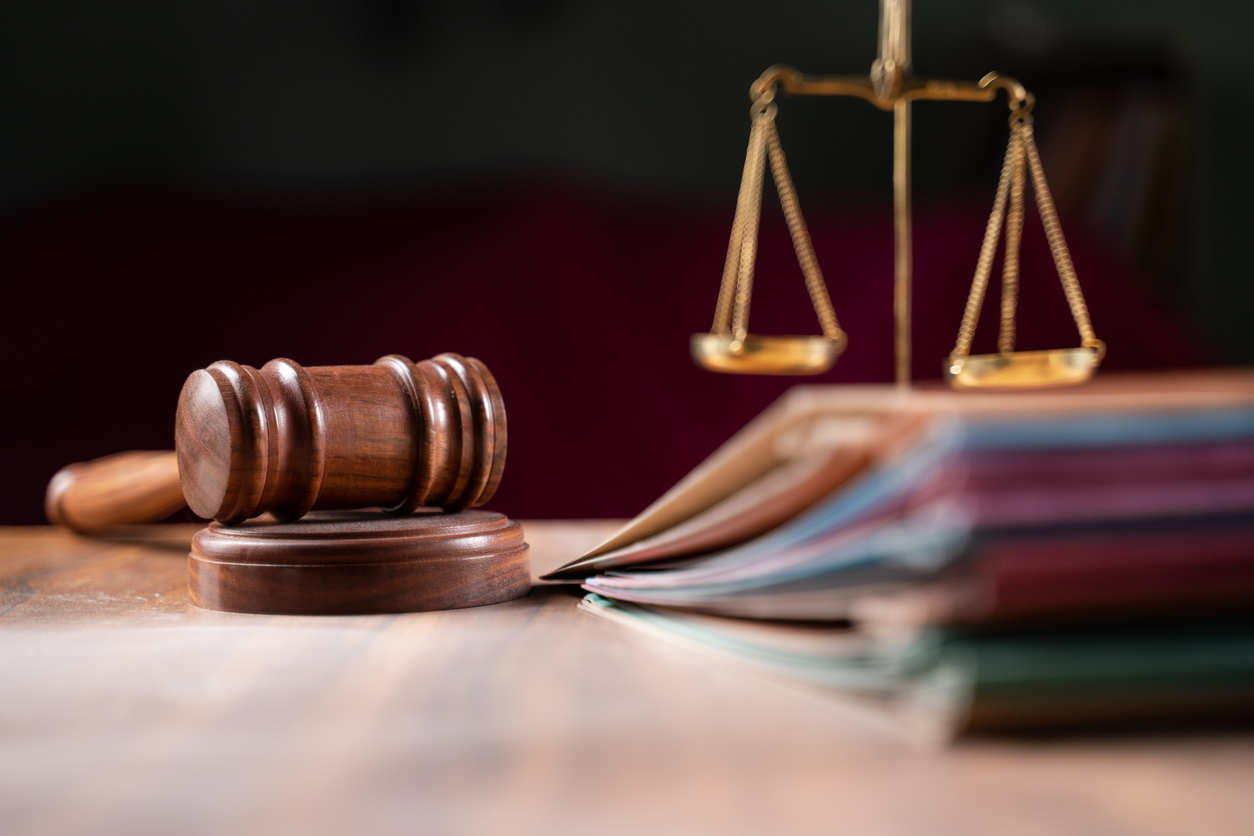Laws evolve with societal changes, and interpretations can vary based on facts, precedents, and perspectives.
Published Aug 12, 2025 | 9:32 AM ⚊ Updated Aug 12, 2025 | 9:32 AM

Judgement. Representative Image. (iStock)
Synopsis: The Supreme Court’s recent criticism of an Allahabad High Court judge in harsh terms while overturning a land dispute order prompted concerns about judicial overreach. The episode sparked debate on balancing appellate review with judicial independence, warning that personal critiques risk eroding public trust in the judiciary.
In a recent civil dispute involving a land-related matter, the Supreme Court of India, while exercising its discretionary powers under Article 136 of the Constitution, issued an order criticising an Allahabad High Court judge for allegedly misapplying criminal law provisions.
The bench described the high court order as one of the “worst” it had encountered and went so far as to suggest withdrawing the judge’s assignment to criminal cases. This prompted widespread concern within legal circles about overreach into administrative domains.
Days later, following an intervention by the Chief Justice of India (CJI) via a letter requesting reconsideration, the same bench recalled the contentious paragraphs, expunging the personal remarks and affirming that its intent was not to embarrass the judge or interfere with the high court’s roster management.
This episode underscores a deeper tension in India’s judicial framework: The fine line between correcting legal errors and impugning the competence of fellow judges.
At its heart, judicial adjudication is an interpretive exercise, not an exact science. Laws evolve with societal changes, and interpretations can vary based on facts, precedents, and perspectives. This is why India’s multi-tiered court system exists — trial courts engage directly with evidence and witnesses, while appellate courts review records for errors of law or fact.
The Supreme Court has itself overturned its own rulings in landmark cases, such as the privacy judgement in KS Puttaswamy (2017), to adapt to emerging realities. Thus, appellate review must focus on the judgement’s merits, not devolve into personal assessments of the authoring judge.
When higher courts venture into character critiques, they risk conflating judicial oversight with disciplinary action, which belongs to internal mechanisms like the in-house procedure for judicial accountability or, in extreme cases, impeachment under Article 124.
The Collegium system, upheld by the Supreme Court in the National Judicial Appointments Commission (NJAC) case (2015), adds another layer to this conundrum. Comprising the Chief Justice and senior judges, the Collegium evaluates and recommends high court appointments, implicitly endorsing a candidate’s suitability.
If the apex court later questions a judge’s calibre in an appellate context, it inadvertently challenges its own selection process. This raises a fundamental question: Does the Supreme Court’s appellate jurisdiction under Article 136 extend to public evaluations of judicial fitness?
Article 136 grants broad discretion to grant special leave for appeals in the interest of justice. However, it is meant to rectify grave miscarriages, not serve as a forum for performance appraisals. As the Court noted in its own precedents, such as State of Madhya Pradesh vs Sardar (1995), adverse remarks against judicial officers should be expunged if unnecessary, as they can irreparably harm reputations.
Research into similar incidents reveals a pattern of cautionary tales. In 2023, the Supreme Court expunged disparaging comments made by the Gauhati High Court against a special National Investigation Agency (NIA) court judge, emphasising that personal criticisms must be avoided unless essential to the case’s resolution.
More broadly, the apex court has repeatedly urged restraint, observing in cases like Abani Kanta Ray vs State of Orissa (1995) that even expunged remarks linger in public memory, eroding dignity. Internationally, bodies like the United Nations Basic Principles on the Independence of the Judiciary (1985) stress that judicial errors should be addressed through appeals, not personal attacks, to safeguard independence.
In India, where high courts handle the bulk of litigation — resolving over 90 percent of cases without further appeal — such incidents can amplify perceptions of hierarchy over collegiality, potentially discouraging bold decision-making.
The gravest fallout is the erosion of public trust. The judiciary’s legitimacy rests on the belief that judges at all levels are impartial and competent. When the Supreme Court publicly doubts a high court judge’s abilities, it sows seeds of scepticism among litigants, who may question the fairness of proceedings before that judge.
This creates a chilling effect: Judges might become overly deferential to higher courts, prioritising caution over conviction, which stifles judicial creativity essential for evolving jurisprudence. As the Supreme Court itself acknowledged in its revised order, the goal is to uphold the rule of law and maintain faith in the system.
Yet, the initial remarks, though withdrawn, highlight the need for protocols to prevent such lapses — perhaps through mandatory collegial consultations before issuing personal observations.
The judiciary is a pillar of democracy, fortified by mutual respect and institutional integrity. While correcting errors is vital, it must not compromise the independence that defines our courts.
The Supreme Court, as the guardian of the Constitution, should lead by example, wielding its powers with restraint to preserve the delicate balance of justice. In doing so, it reinforces not just legal principles but the public’s enduring confidence in the system.
(Views are personal. Edited by Muhammed Fazil.)
